Andover Mayor Julie Trude has accepted the challenge to repeat Andover’s 2016 win in the Wyland National Mayor’s Challenge for Water Conservation. Andover placed first in the nation for water conservation pledges made by residents and businesses in April 2016. Mayor Trude said that Andover is currently second in the 2017 pledge standing, but there is a long […]
Archive for the ‘Good to Know’ Category

Andover will defend it’s 2016 first place victory for water conservation
 April 3rd, 2017
April 3rd, 2017  knowtheflow
knowtheflow 
Fix-A-Leak Week (March 20-26, 2017)
 March 17th, 2017
March 17th, 2017  knowtheflow
knowtheflow Get into Fix-A-Leak Week. Household leaks can waste more than 1 trillion gallons of water annually nationwide, so each year we hunt down the drips during Fix a Leak Week. But remember that you can check your plumbing fixtures and irrigation systems, fix the leaks, and save valuable water and money all year long. Water efficiency is […]
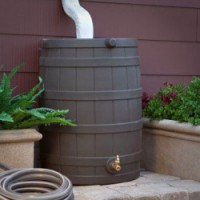
Order your rain barrel & compost bin to recycle rainwater and reduce waste
 March 15th, 2017
March 15th, 2017  knowtheflow
knowtheflow Have you noticed a river of rainwater run down your driveway into the gutter, ditch, or storm sewer? Collecting rain-soft roof runoff in a barrel is a good way to reuse/conserve high quality water. Rain barrels have been around for thousands of years, but today people are re-discovering that they also protect our local water while saving money on […]
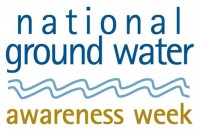
How well is your drinking water?
 March 3rd, 2017
March 3rd, 2017  knowtheflow
knowtheflow Nearly everyone in Anoka County depends on groundwater. Private well owners must take measures to regularly test their drinking water. Municipal water users must cooperate to protect the source of the community’s water from pollution. That includes protecting the groundwater that is drawn into private (home) and public (municipal) supply wells. National Groundwater Awareness Week (March […]

Monitoring and maintaining oxygen levels in area lakes
 February 1st, 2017
February 1st, 2017  knowtheflow
knowtheflow Over the winter, lakes experience a decrease in dissolved oxygen (DO) levels that can lead to reduced numbers of fish that survive until spring. The concentration of DO in lake water varies from year to year based on winter conditions including when the lake freezes over and how soon (and how long) it is covered by a […]

Great summer intern opportunity – Water Conservation
 January 23rd, 2017
January 23rd, 2017  knowtheflow
knowtheflow The Minnesota Technical Assistance Program (MnTAP) is looking for six metro businesses to host science and engineering interns focused on water conservation projects. MnTAP is an outreach program at the University of Minnesota that helps Minnesota businesses develop and implement industry-tailored solutions that prevent pollution at the source, maximize efficient use of resources, and reduce energy […]
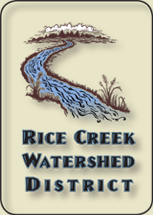
Proving Stormwater Reuse a Possibility
 January 22nd, 2017
January 22nd, 2017  knowtheflow
knowtheflow Collecting and reusing stormwater for irrigation is gaining attention. By reducing stormwater pollution runoff directly into creeks, rivers and lakes – we are preserving our swimming, fishing and drinking water resources. Another benefit is to help reduce increased groundwater withdrawal, by wells, for irrigation of lawns, gardens and landscape. The Rice Creek Watershed District (RCWD) […]
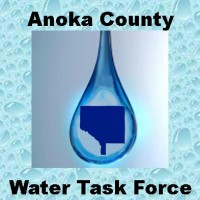
Tips to reduce salt pollution of streams, lakes and groundwater
 December 26th, 2016
December 26th, 2016  knowtheflow
knowtheflow How can we maintain water quality of our local lakes, streams, groundwater and drinking water but keep driving conditions safe in the winter? There are no practical alternatives to applying salt to remove ice from roadways, driveway, sidewalks and parking lots. BUT, we can apply less salt through efficient smart salting (S2) strategies. Anoka County […]
Did you miss the 2017 Boats of Coon Lake Calendar?
 December 21st, 2016
December 21st, 2016  knowtheflow
knowtheflow The Coon Lake Improvement Association’s 2017 Boats Of Coon Lake calendar sold out early. But with enough requests (orders) for the calendar you can still get it when and if it is reprinted. To request reprints call Denise (763-434-9761) or Bev (763-434-9811). Proceeds are used to support Coon Lake preservation projects.
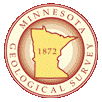
Geologic atlas reveals what’s under the surface
 December 7th, 2016
December 7th, 2016  knowtheflow
knowtheflow Judging from the surface, one might say Anoka County’s geology is simple: ‘its just sand.’ But, beneath the flat sandy surface is a complex arrangement of glacial deposits (e.g. peat, sand, gravel and clay) over equally complex formations of bedrock (e.g. shale, sandstone and dolomite) that can’t be seen. The completed Geologic Atlas of Anoka County helps […]



 Posted in
Posted in 